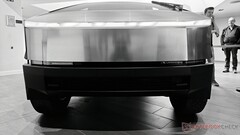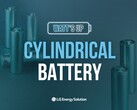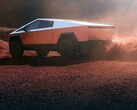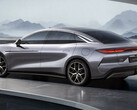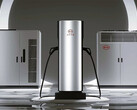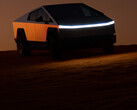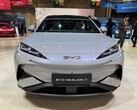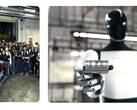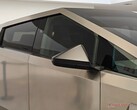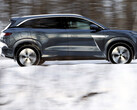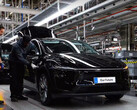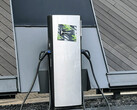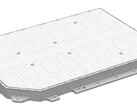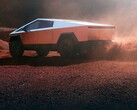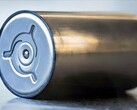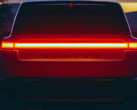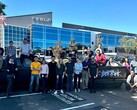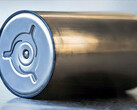When Elon Musk fired Tesla's battery head Drew Baglino last spring, he also dismissed the 4680 cell production facilities manager at Giga Texas.
Drew reportedly wanted to develop the 4680 battery as detailed by Elon Musk himself during Battery Day way back in 2020, with 50% cost reduction compared to Tesla's more conventional batteries.
That was taking too much time, though, and Elon felt that if Tesla can't realize any type of cost reduction by the end of the year, it might as well order 4680 batteries from its suppliers like LG, whose factory in Arizona will churn 4680 cells with an advanced manufacturing process.
Since then, however, Tesla announced that it has cracked the dry cathode production method that allows it to make the 4680 battery costs largely competitive, and started equipping the Cybertruck with the new cells.
According to the head of the world's largest battery maker CATL, however, the 4680 battery as envisioned by Musk "is going to fail and never be successful," and he reportedly showed him why, leaving him "silent".
For CATL's Chairman Robin Zeng, Elon Musk's issue is overpromising. "Maybe something needs five years. But he says two years. I definitely asked him why. He told me he wanted to push people," said Zeng.
The world's two biggest EV battery makers CATL and BYD do iterative upgrades to their battery design and chemistry instead, always with the goal that they must be suitable for mass production. This approach has proven correct so far, despite that they have successful solid-state or sodium-ion battery projects in development or execution, too.
BYD Blade vs Tesla 4680 battery performance
A fresh teardown of a BYD Blade and Tesla 4680 battery cell now comes to show that Zeng may have had a point. According to a study led by Jonas Gorsch, a researcher at Production Engineering of E-Mobility Components at RWTH Aachen University, the prismatic BYD cell has twice the thermal efficiency of Tesla's 4680 battery.
His team took apart the two cells to analyze their housing construction, dimensions, thermal specifications, and the exact material composition and costs of their electrodes, finding intriguing differences as well as similarities, like laser welding.
Tesla's 4680 battery returned 241 Wh/kg energy density compared to the 160 Wh/kg Blade cell, which is explicable considering it is nickel-based, while the BYD battery is with the more affordable LFP chemistry.
When charging current was applied, though, the researchers noticed something off with Tesla's 4680 battery cell:
The Tesla 4680 cell resistance increases at high SOC values, especially at low temperatures, whereas the BYD Blade cell resistance decreases with higher SOCs. The reason for this observation could be an increased charge transfer resistance in and at the surface of the anode due to a high lithium concentration, as these resistances tend to rise with increased SOC. This needs to be investigated further; a rise in the total cell resistance at higher SOC is unusual, as the cathode and cathode surface charge transfer decreases with higher SOCs, offsetting the anode resistance increase.
As a result, Tesla's 4680 battery cell generated twice the heat that needs dissipating per volume at the same charging load. In short, the BYD cell is "more favorable for designing a cooling strategy for fast charging," say the researchers.
This less efficient thermal design could explain the wonky charging curve of the Model Y equipped with the first iteration of Tesla's 4680 battery, as well as the continuing issues with slow Cybertruck charging despite that it carries the next generation, dubbed the Cybercell.
Granted, Tesla tried and issued a Cybertruck charging curve fix as an OTA update, but tests at Tesla's newly minted 325 kW V4 Superchargers showed that the charging time barely budged, and the 4680's thermal inefficiencies might be one of the reasons, as suggested by the study.
Get the 80A Tesla Gen 2 Wall Connector with 24' cable on Amazon




